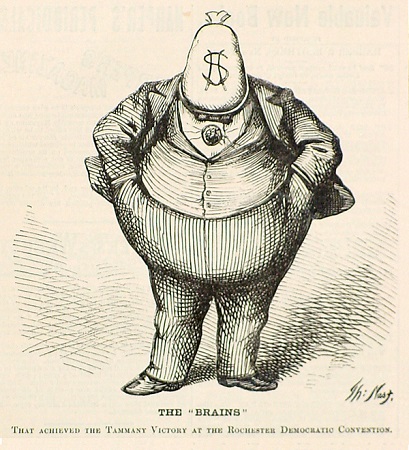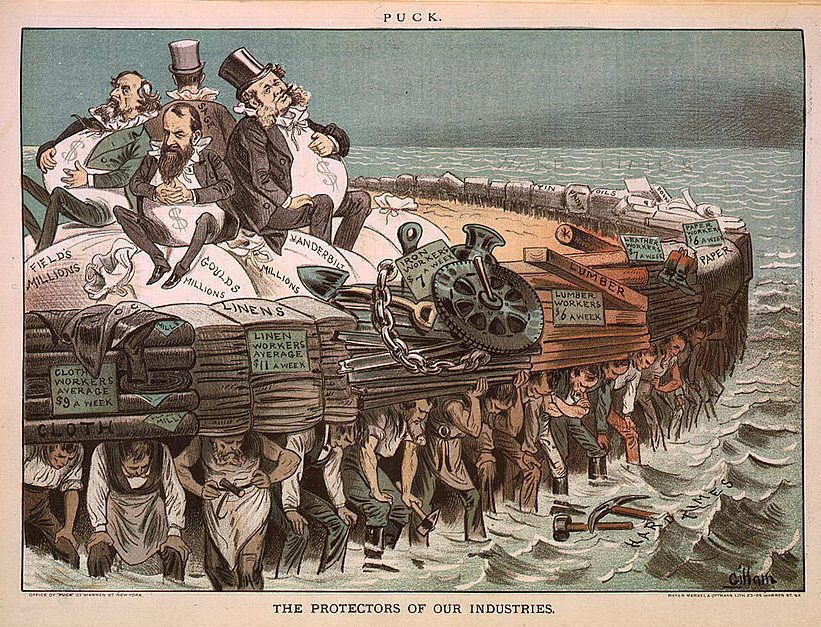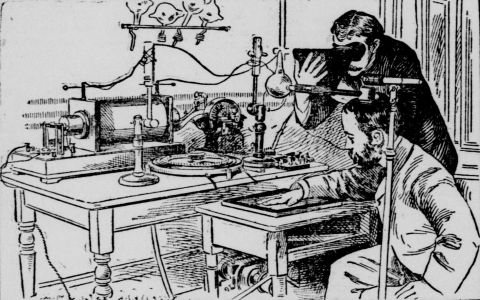So, I was kinda bored today and decided to do something fun. I wanted to look into those old-timey political cartoons from the Gilded Age. You know, the ones with the fat cats and the exaggerated characters? They’re always so interesting to look at. I figured, why not dive into them and see what I could find?
First off, I needed to get my hands on some of these cartoons. I started with a simple search, looking for some well-known cartoonists of the time. Names like Thomas Nast and Joseph Keppler popped up right away. These guys were like the rock stars of political cartoons back then. Their work was everywhere, especially in magazines like Harper’s Weekly and Puck.

Once I had a few names, I started searching for their cartoons. I looked through online archives and digital collections. It was like a treasure hunt! I found tons of images, each one more interesting than the last. It was so much, I was getting overwhelmed!
After gathering a bunch of cartoons, I started looking at them more closely. I noticed a lot of common themes. Corruption in government was a big one, of course. These cartoonists weren’t shy about calling out crooked politicians and greedy businessmen. They used symbols like money bags and top hats to represent the wealthy elite and showed them manipulating the system for their own gain.
I also noticed how they used humor and satire to make their point. They exaggerated features and situations to make the cartoons funny but also to make a serious statement. For example, they would draw politicians with huge noses or show them doing ridiculous things. It was all meant to expose the absurdity of the situation and get people talking.
Organizing all this stuff was the next step. I decided to create a simple timeline to keep track of the major issues and events of the Gilded Age. This helped me see how the cartoons related to what was happening at the time. Then, I started grouping the cartoons by theme. I made categories like “Corruption,” “Monopolies,” and “Labor Issues.” This made it easier to analyze them and see the patterns.
Analyzing the cartoons was the most fun part. I looked at each one carefully, paying attention to the details and the message. I thought about who the intended audience was and what the cartoonist was trying to say. Some of them were pretty straightforward, while others were more complex and layered.
After spending hours with these cartoons, I realized how powerful they were. They weren’t just funny pictures; they were a way for people to express their opinions and criticize the powerful. They helped shape public opinion and even influenced political change. It’s amazing to think about how these drawings could have such an impact.
My Findings
Here’s what I found out from my little adventure:

- They were everywhere. Political cartoons were super popular during the Gilded Age. They were in newspapers, magazines, and even on posters. People loved them!
- They were powerful. These cartoons weren’t just for laughs. They could actually influence what people thought about politics and even change policies.
- They were creative. The artists used all sorts of symbols and metaphors to get their point across. It was like a secret language that everyone understood.
- They were diverse. Different cartoonists had different styles and focused on different issues. Some were more serious, while others were more humorous. There was something for everyone.
So, that was my day exploring Gilded Age political cartoons. It was a blast! I learned a lot, and it gave me a whole new appreciation for these old drawings. They might be from a different time, but they’re still relevant today. They remind us that it’s important to question authority and speak out against injustice, and that is a very important thing to know and remember.















